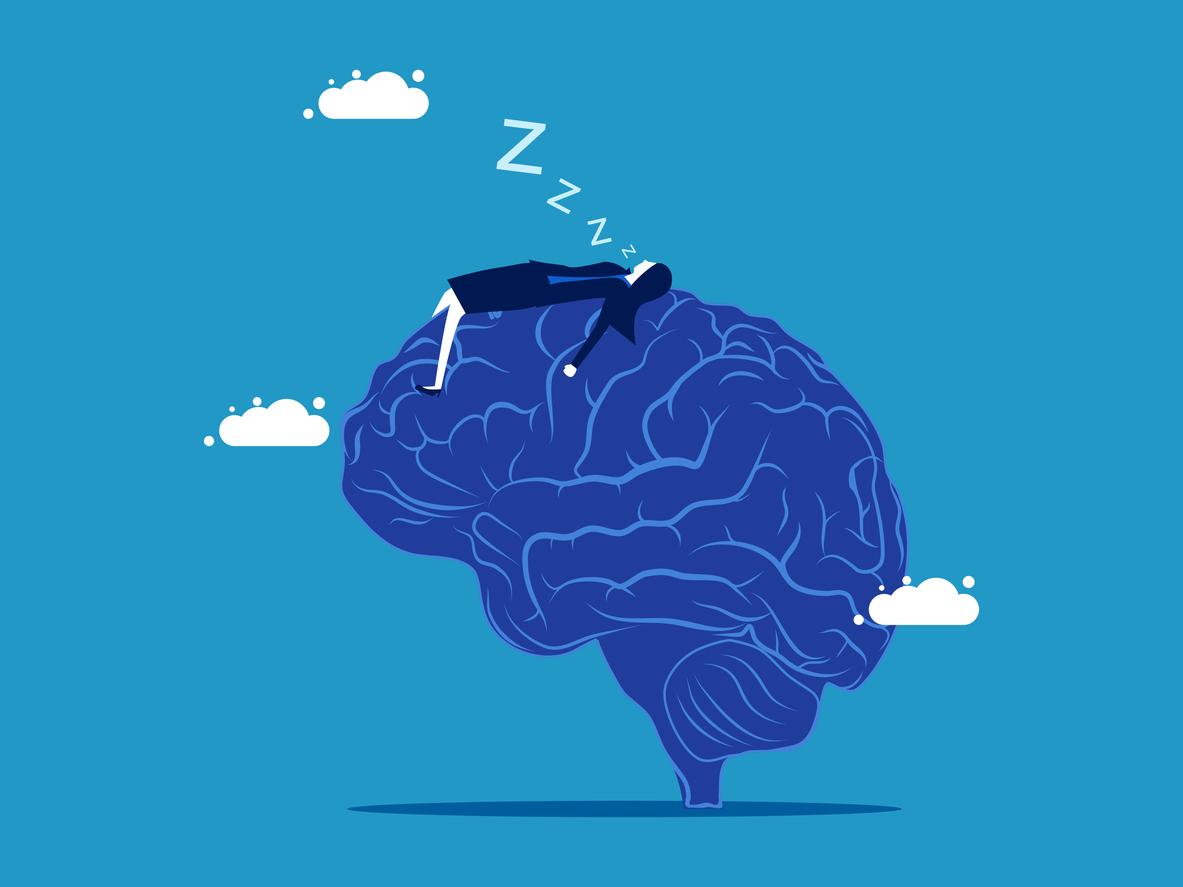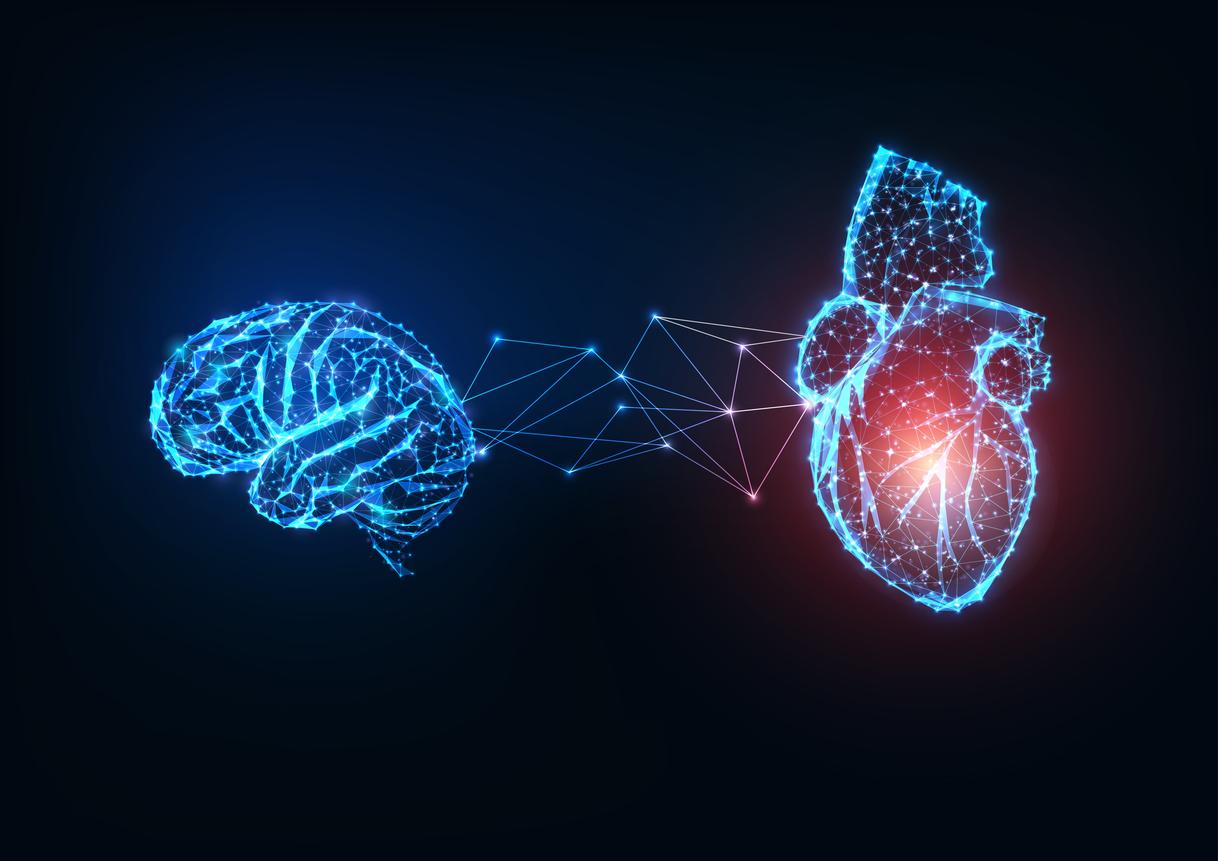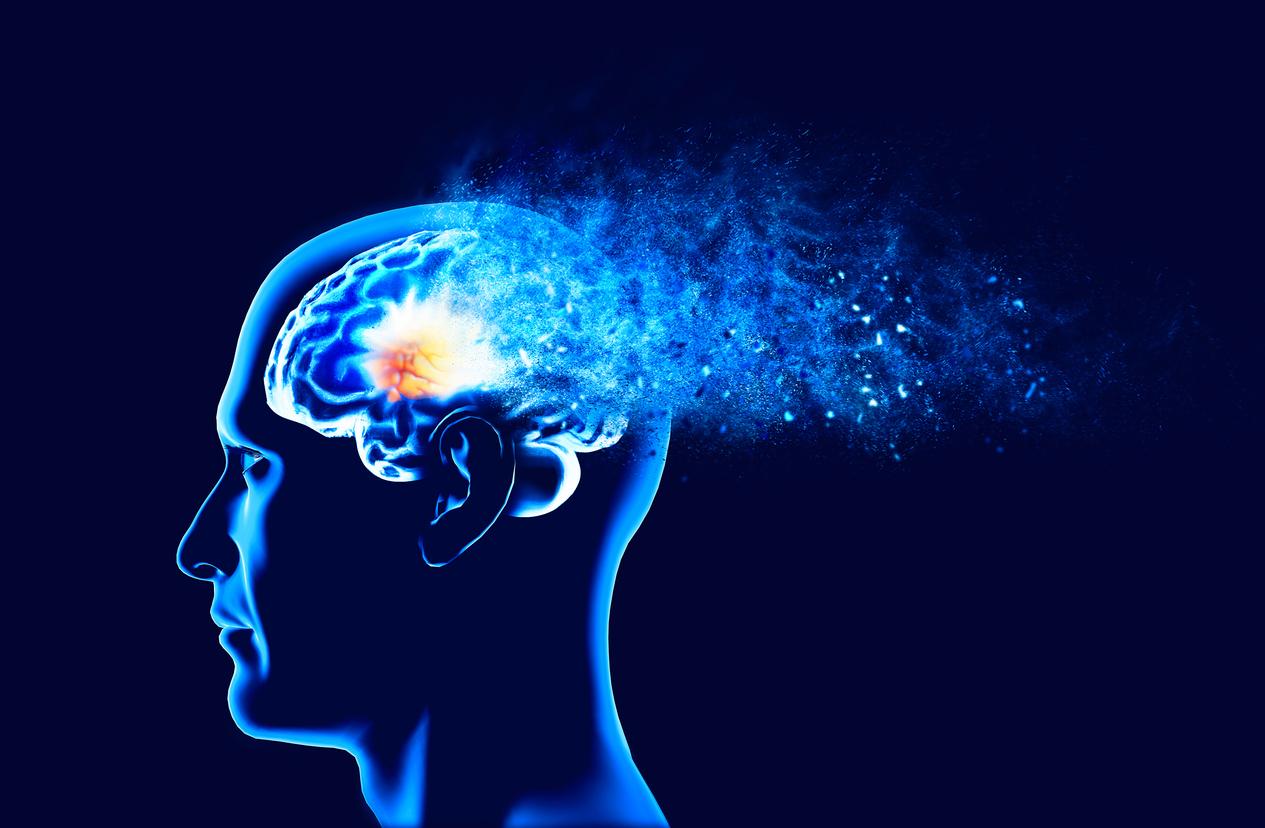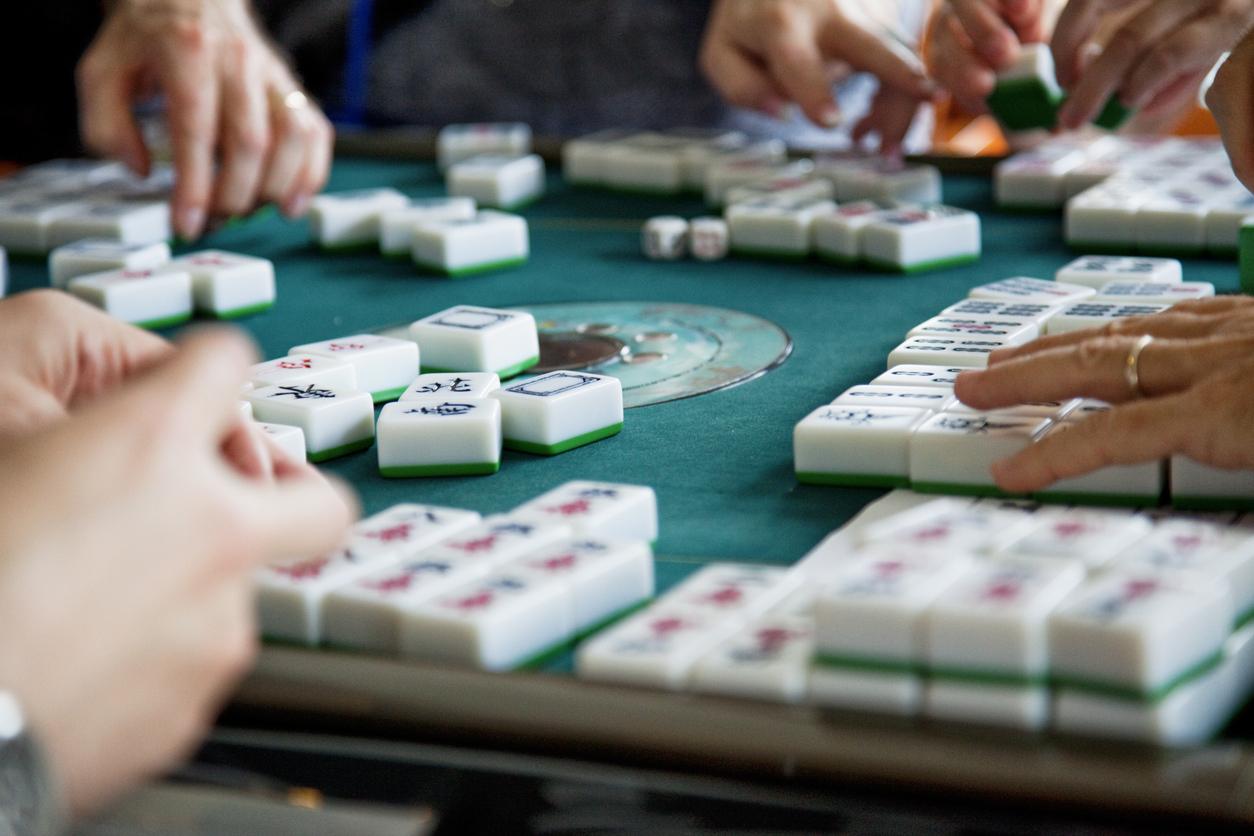A new study on memory reveals more about how we learn things and remember our real-world experiences.

- Much previous work has shown that learning and memory benefit from spacing out study sessions. But this “spacing effect” does not always translate into real life, when certain criteria of our experiences are likely to change.
- Researchers were able to examine spacing effects on a long time scale – hours or days – or short – seconds or minutes. The goal is to determine how memory is affected by both what is learned (whether it is exact repetition or there are variations) and when it is learned.
- The researchers not only observed that “spaced learning benefited item memory,” but also that “memory was better for items that had been associated with different scenes compared to those shown with the same scene each time.” times”.
How do we memorize best? A team of psychologists from Temple University and the University of Pittsburgh, in the United States, has shed new light on how we learn things and remember our experiences in the real world. Spoiler: It just depends on what we’re trying to remember, according to their study published in the journal Proceedings of the National Academy of Sciences (PNAS).
Learning: a spacing effect that improves memorization
“Much previous work has shown that learning and memory benefit from spacing out study sessions, explain the researchers in a communicated. For example, if you study the day before a test, you will probably remember the information for the next day, but you will probably forget it the days after. On the other hand, if you study for several days straight before the exam, you will be more likely to remember it for a long time.”
If this “spacing effect” has proven itself in theory, when the material of what we learn is repeated identically each time, this does not always translate into real life, when certain criteria of our experiences are likely to change. Imagine, for example, that you repeatedly go to a local café: many features will remain, but one element (like a new server) may vary and thus alter your memories.
Memory is affected by what is learned and by the moment when it is learned
How does the spacing effect work in light of such variation between experiments? To find out, the researchers subjected a cohort of participants to two experiments to test their memory. At different times of a 24-hour day (experiment 1) or during a single work session (experiment 2), the volunteers had to learn either pairs of identical elements and scenes at each repetition, or pairs of elements identical and distinct scenes.
The researchers were thus able to examine spacing effects on a long time scale – hours or days (experiment 1) – or short – seconds or minutes (experiment 2). The goal: to determine how memory is affected by both what is learned (whether it is an exact repetition or there are variations) and by the moment when it’s learned. A way for researchers to recreate our real-world repetition experiences, where some aspects remain but others are different.
Memory is better for items associated with different scenes
As a result, the researchers not only observed that “spaced learning benefited the memory of the elements”but also that “memory was better for items that had been associated with different scenes compared to those shown with the same scene each time”. For example, if you want to remember a new person’s name, repeating their name but associating it with different information about the person can be effective.
“In contrast, we found that for associative memory – memory about the item and the scene with which it was associated – benefited from stability. Spacing only benefited memory for pairs that were repeated exactly, and only if there were long enough gaps (hours or days) between study sessions. For example, if you were trying to remember the new person’s name and something about them , like his favorite food, it is better to repeat this name-food pairing several times, spacing out each repetition.”
















